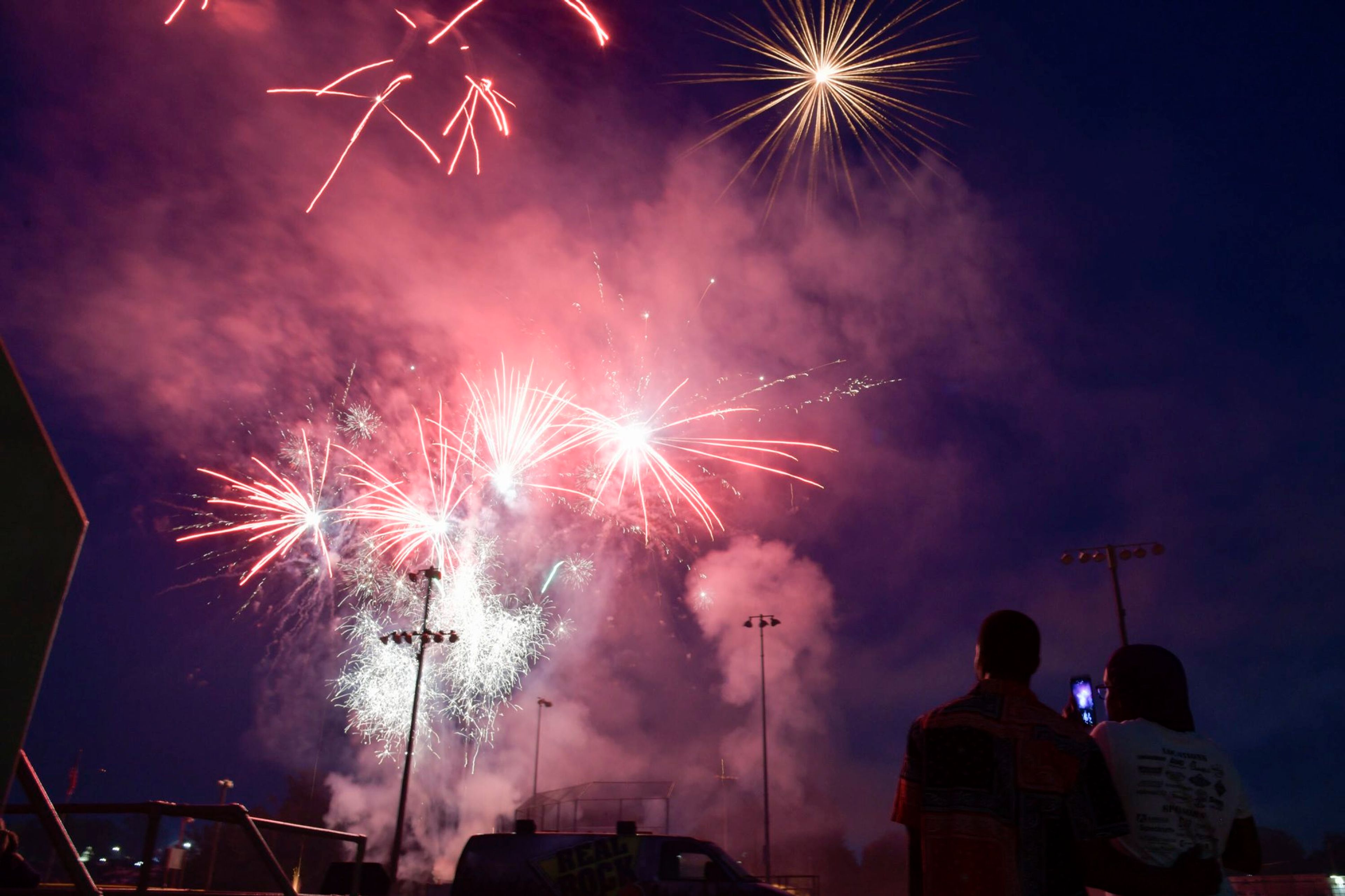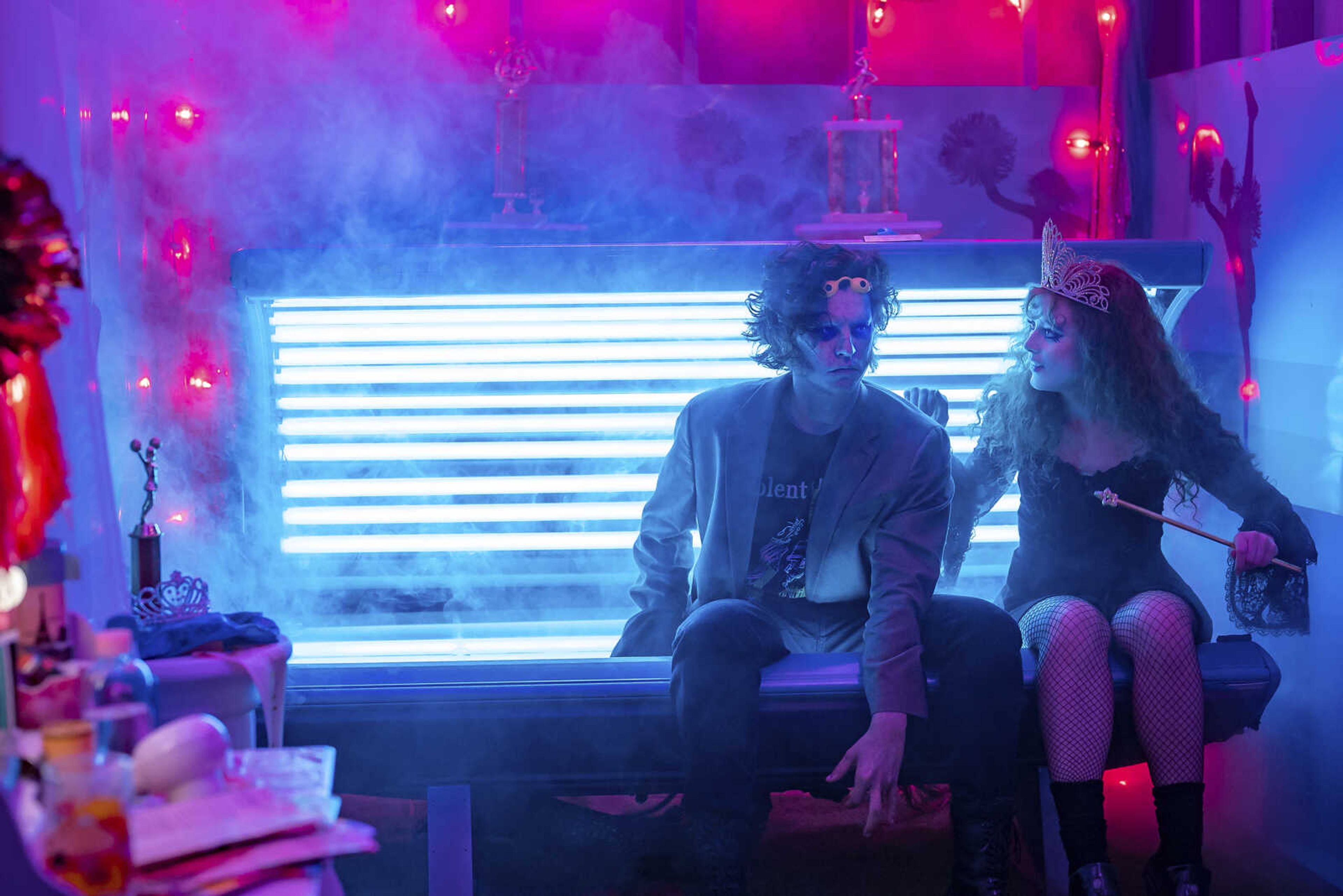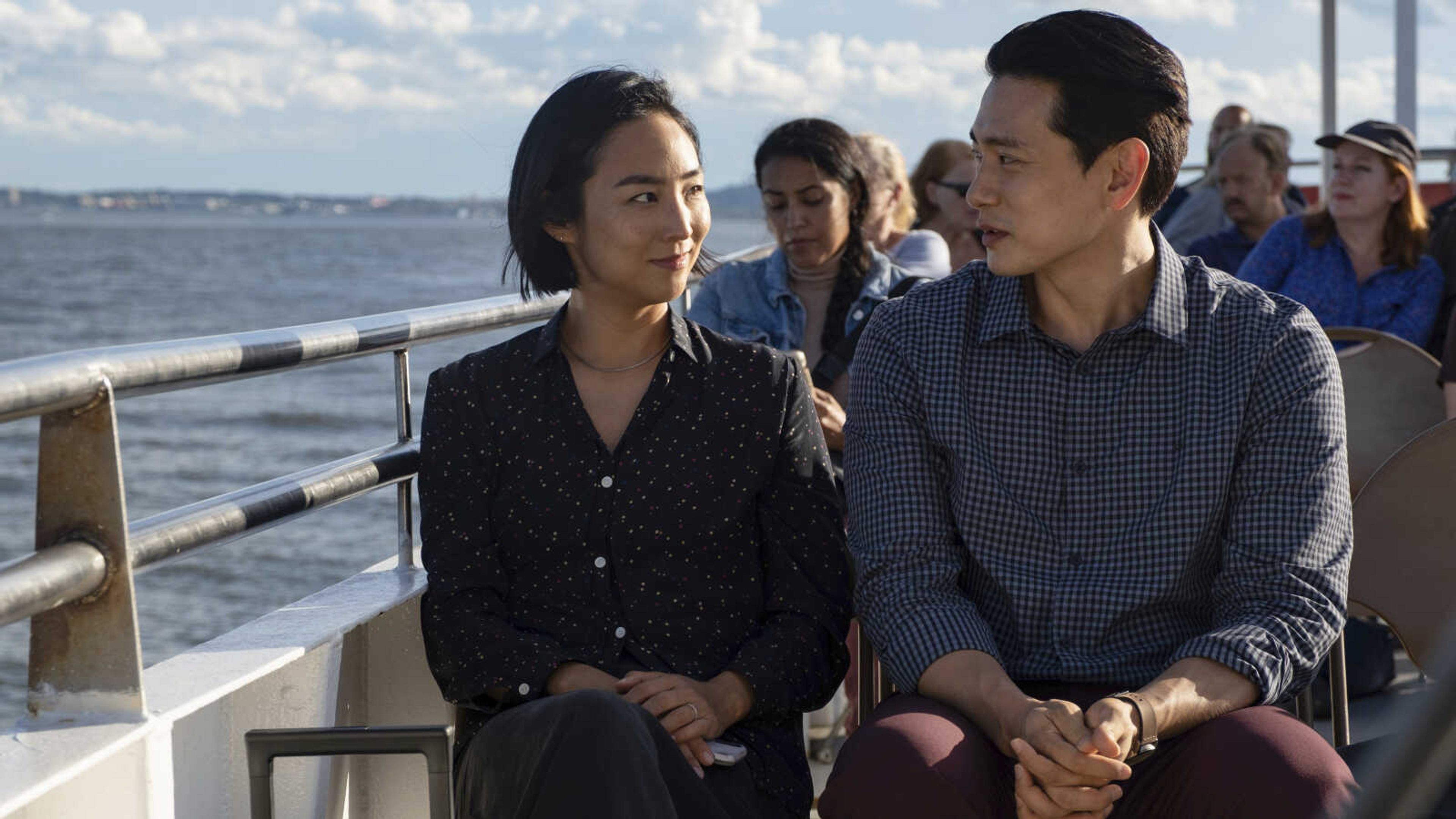Hudson Valley ghost stories captivate author
ALBANY, N.Y. -- There is a specter haunting the Hudson Valley. A bunch of them, actually: Henry Hudson's old crew; a headless Hessian; a woman dragged to death by a horse; former railroad workers; peddlers; an assortment of apparitions from the days of the American Indians and the Dutch...
ALBANY, N.Y. -- There is a specter haunting the Hudson Valley.
A bunch of them, actually: Henry Hudson's old crew; a headless Hessian; a woman dragged to death by a horse; former railroad workers; peddlers; an assortment of apparitions from the days of the American Indians and the Dutch.
Judith Richardson examines them in her new book, "Possessions: The History and Uses of Haunting in the Hudson Valley." She tries to answer why there are so many ghost stories in the valley, a place Washington Irving called "this spellbound region."
The topography of the Hudson Valley seems ready-made for hauntings. Trees tower above lonely hollows. Stony-faced hills rise up by the river.
But Richardson, who teaches American literature at Stanford University, does not look at ghost stories in a supernatural, "X-Files" sense. She writes about the cultural context of the tales and what they reveal about the Hudson Valley's inhabitants.
She argues that the successive waves of people who settled the area north of New York City contributed to the valley's ghostly heritage. American Indians lived here, then the Dutch, the English and working immigrants from all over. While these outsiders had a sense of the valley's past, it was fragmentary. The lack of facts helped ghost stories thrive.
"The change and the transiency and the multiple kind of people coming in and out makes this sense of history really tenuous," Richardson says. "And that lends itself to spookiness."
Irving didn't make up Hudson Valley ghost stories, but he made them famous with the likes of Crane and Rip Van Winkle. Valley innkeepers were happy to spread the tourist-attracting tales. Local folklore continued to take care of the rest.
By the late 20th century, when Richardson was growing up in Haverstraw in Rockland County, she knew six or seven haunted spots near her home. Reading Irving years later as a graduate student helped inspire her book.
Richardson's survey of ghosts includes Major Andre, the dashing British officer hanged for transporting military secrets divulged by Benedict Arnold during the Revolutionary War. Many other hauntings involve anonymous ghosts of dispossessed Indians, soldiers or "working ghosts" -- apparitions of brick workers, bridge builders and railroad employees who died on the job. One tale features a ghost train that runs annually with a skeleton orchestra and a coffin.
Working ghost stories often circulated among the immigrant communities from which the dead workers came. Richardson says the stories serve a purpose for the tellers, giving them their own local ghost stories.
"People grab on to them and reshape them almost as a way of asserting themselves," she says.
Another example is the story of Anna Dorothea Swarts. She served a wealthy landowner when she was dragged to death by a horse about 1755 in Leeds, near Catskill. The landowner had tied her to the horse, perhaps after she ran away. The facts of the case are foggy, but tellers of ghost stories have filled in the blanks.
An early 19th century version portrayed her as a ghost with a piercing cry and a lighted candle upon each finger. Richardson says that version, implying Swarts was wronged, was tied to class tensions at that time.
Another version circulated on the verge of the Civil War portrays the ghost as a runaway slave, a prominent issue then. The tale survived though 1942 in a version of the tale that recast the ghost as a Hessian.
Through it all, the story remained hazy and undefined.
Like a ghost.
Connect with the Southeast Missourian Newsroom:
For corrections to this story or other insights for the editor, click here. To submit a letter to the editor, click here. To learn about the Southeast Missourian’s AI Policy, click here.









